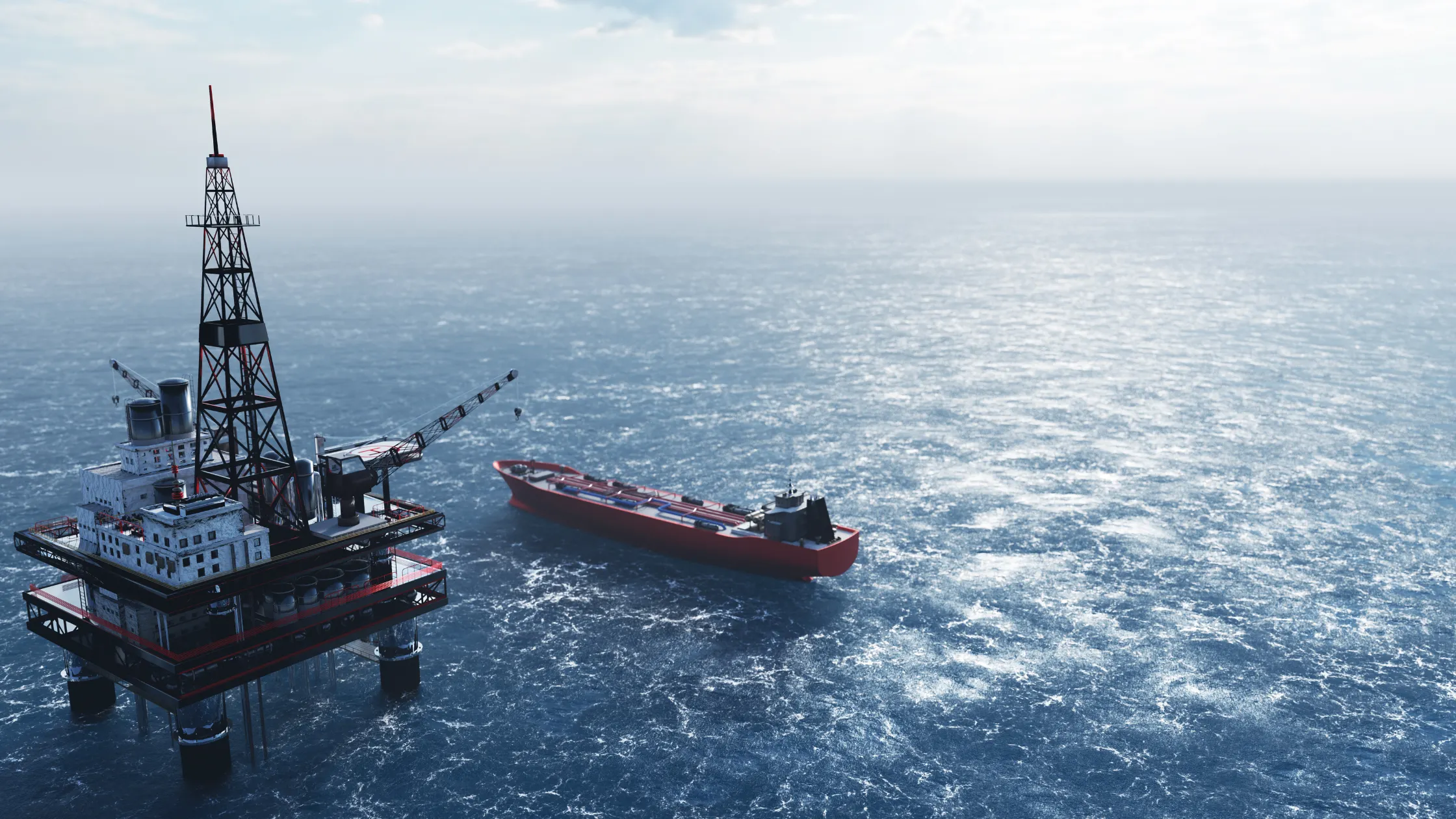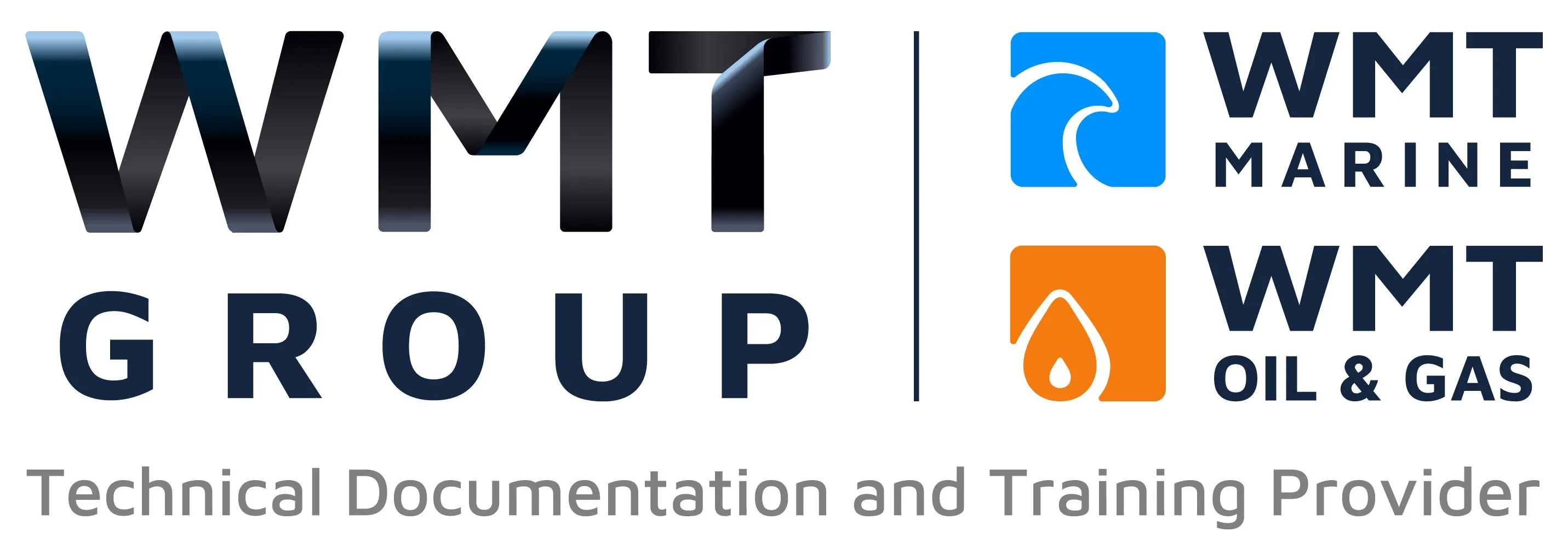The Ultimate Guide to Developing LNG Terminal Operation Manuals for Safety & Compliance

LNG (Liquefied Natural Gas) terminals play a crucial role in the global energy supply chain, handling the storage, regasification, and distribution of LNG. To ensure safety, efficiency, and regulatory compliance, every LNG terminal must have a well-structured operation guide.
In this guide, we’ll walk you through how to develop an effective LNG terminal operation guide, covering essential sections, best practices, and compliance requirements.
Why LNG Terminals Need Operation Guides
LNG handling involves high risks, including cryogenic temperatures, high-pressure systems, and flammable gases. A detailed operation guide helps:
✅ Enhance Safety – Reduces risks of spills, leaks, and explosions.
✅ Ensure Regulatory Compliance – Meets IMO, ISO, and HSE standards.
✅ Improve Operational Efficiency – Standardises procedures for smooth workflows.
✅ Support Training & Onboarding – Helps operators understand LNG processes.
✅ Prepare for Emergencies – Guides personnel on safety and evacuation procedures.
Without clear, structured manuals, LNG terminals face compliance issues, safety risks, and operational inefficiencies.
Key Sections of an LNG Terminal Operation Guide
1️⃣ Introduction & Scope
- Purpose of the guide.
- Overview of LNG terminal operations.
- Compliance with ISO 16903, HSE, and IMO regulations.
2️⃣ Health & Safety Regulations
- PPE requirements for LNG handling.
- Hazard identification and risk assessments.
- Safety drills and emergency response planning.
3️⃣ LNG Transfer & Handling Procedures
- LNG ship berthing and unloading process.
- Tank storage and regasification procedures.
- Pipeline transfer and distribution guidelines.
4️⃣ Equipment Operation & Maintenance
- LNG pumps, vapourisers, and storage tanks.
- Pressure and temperature monitoring.
- Routine maintenance and inspection schedules.
5️⃣ Emergency Procedures & Response
- Leak detection and containment protocols.
- Fire suppression and gas dispersion procedures.
- Evacuation plans and emergency shutdown systems (ESD).
6️⃣ Regulatory Compliance & Reporting
- ISO 16903 & 28460 LNG safety standards.
- HSE and IMO environmental regulations.
- Incident reporting and documentation best practices.
Best Practices for Writing LNG Terminal Operation Guides
📝 1. Use Clear, Concise Language
- Avoid technical jargon unless necessary.
- Use step-by-step instructions for clarity.
- Keep sentences short and action-oriented.
📊 2. Incorporate Visual Aids
- Diagrams of LNG storage tanks and transfer systems.
- Flowcharts for emergency response steps.
- Tables for safety limits and operational parameters.
📄 3. Ensure Compliance with Industry Standards
- Follow ISO 16903, IMO, and HSE regulations.
- Update manuals regularly to reflect regulatory changes.
- Include audit and inspection checklists.
💻 4. Implement Digital Documentation
- Provide interactive PDFs or cloud-based manuals.
- Use QR codes linking to detailed procedures.
- Enable real-time updates for compliance.
📌 5. Train Personnel Using the Guide
- Conduct regular LNG safety training based on the manual.
- Use simulated emergency drills to reinforce procedures.
- Gather feedback to improve clarity and usability.
Final Thoughts
Developing an LNG terminal operation guide requires technical precision, regulatory expertise, and structured formatting. A well-prepared guide ensures:
✔ Safe LNG handling and risk reduction.
✔ Regulatory compliance with ISO, HSE, and IMO.
✔ Efficient LNG storage, transfer, and maintenance.
✔ Clear emergency response plans.
If you need professionally developed LNG terminal operation guides, WMT Marine LTD specialises in technical documentation for LNG facilities, ensuring safety, compliance, and operational efficiency.
📞 Contact us today for expert documentation support!
